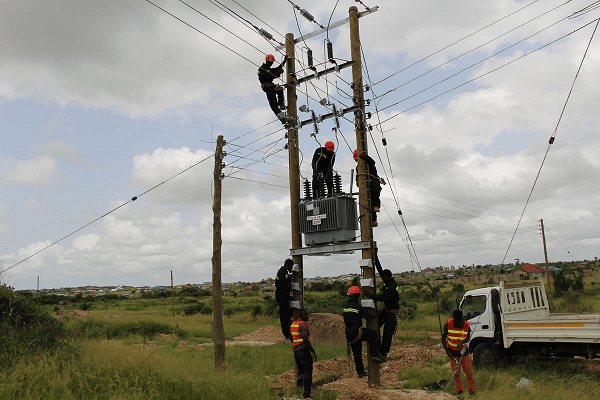The Public Utilities Regulatory Commission (PURC) has announced an increase of 18.36 percent in average end-user electricity consumer tariff for the second quarter of this year.
Explaining the rationale behind this upward adjustment, the regulator said it will position utility companies to recover the cost of electricity generation and supply – while preventing the recurrence of erratic electricity supply (dumsor) with its adverse implications on jobs and livelihoods.
“This review has become necessary to maintain the real value for utility services’ cost of supply, and to ensure that utility companies do not under- or over-recover costs. Under-recovery has negative implications for the ability of companies to supply service to consumers and has the potential to cause outages of electricity, while over-recovery unnecessarily overburdens consumers of electricity,” PURC said in a statement announcing the decision.
It further explained that since announcement of the first quarter tariff decision in January 2023, key variables underlying the rate setting have changed – resulting in increases of natural gas and electricity cost for the second quarter of 2023.
“The weighted average cedi/US dollar exchange rate used for the first quarter tariff review was GH₵10.5421 to the US dollar. Since then, the cedi has depreciated against the US dollar,” it added.
The first quarter tariff decision is said to have resulted in a 25 percent under-recovery of the exchange rate. It is against this background that the PURC said this has to be recovered to ensure the country does not add to already mounting debts in the energy sector.
The projected exchange rate for the second quarter plus the first quarter under-recovery is CH₵12.7118 to the US dollar.
The weighted average cost of gas (WACOG) used for the first quarter of 2023 was US$6.0652/MMBtu. For the second quarter, as a result of an increase in the price of Nigeria-Gas (N-Gas) and other factors, the applicable WACOG is US$6.5165/MMBtu.
For electricity generation, the hydro-thermal mix used for the second quarter is 29.01 percent for hydro and 70.99 percent for thermal, as against 26.11 percent for hydro and 73.89 percent for thermal in the first quarter of 2023.
The hydro allocation of 29.01 percent is noted to have helped reduce the impact of changes in macroeconomic variables and the WACOG on tariff.
PURC said: “The net effect of the cedi/US dollar exchange rate, inflation, WACCG and electricity generation mix is that the utility companies are under-recovering and require an upward adjustment of their rates to keep the lights on.
“The PURC is very mindful of the current economic circumstances but notes that the potential for outages is high, and this could have a strong adverse impact on citizens and businesses. This has to be avoided,” it added.
According to the Commission, the ‘Quarterly Taff Review Mechanism’ seeks to track and incorporate changes in key factors used in determining natural gas and electricity tariffs. These factors are the cedi/dollar exchange rate, inflation, electricity generation mix and the weighted average cost of natural gas (WACOG).
The PURC, in the statement signed by its Executive Secretary Dr. Ishmael Ackah, assured that it will continue to monitor the quality of service to ensure consumers get value for money.










